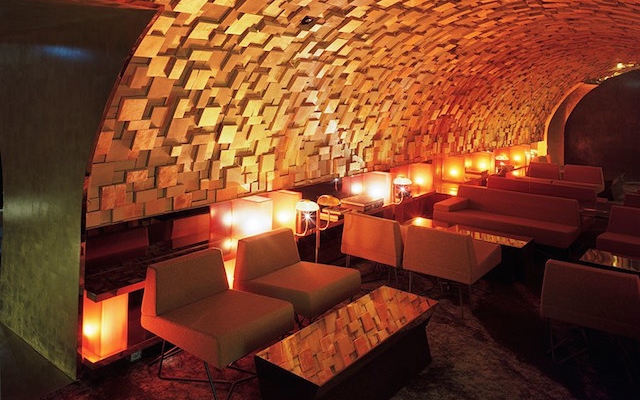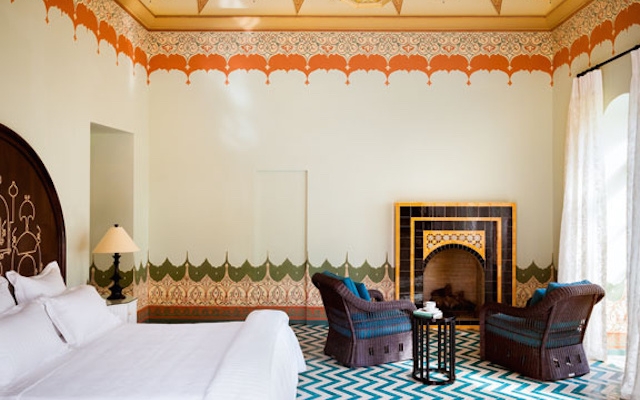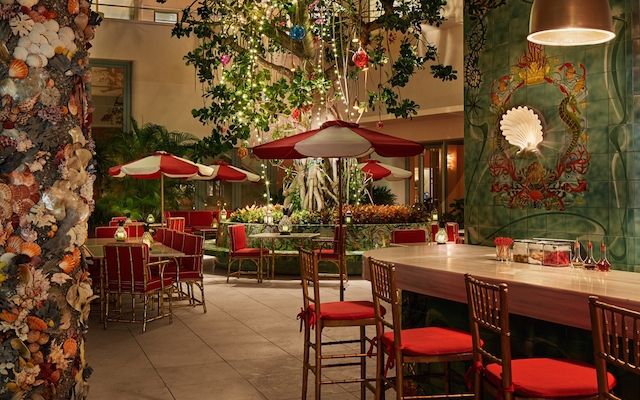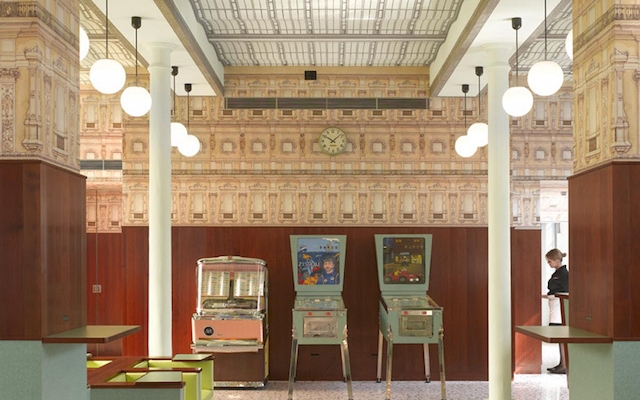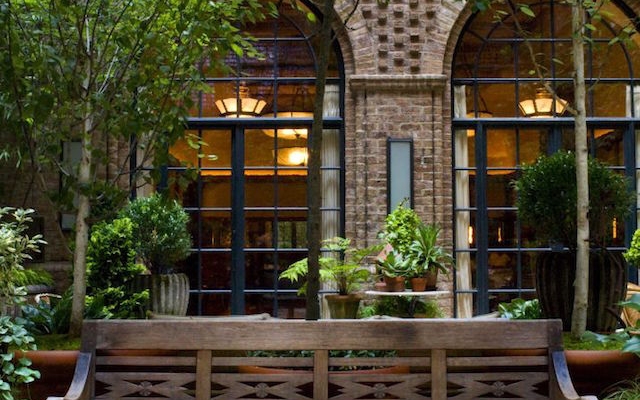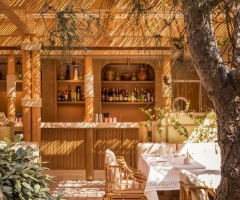We go behind the scenes to reveal the illustrious film director owners, behind some of world's most inspired real-life ‘sets'.
A private Parisian members' club Silencio was conceived by avant-garde film director, and visual artist David Lynch to act as a temple of the arts, housing a bar, library, cinema screen and stage for private performances. Located in the historic Paris neighbourhood of Montmartre, Silencio opened in 2011, with eclectic and dramatic interiors resembling Lynch's film sets from Lost Highway and Mulholland Drive. The club is open to non-members after midnight. In addition, Lynch is also behind a new multidisciplinary ‘creative space’ in the French capital - Wanderlust (in the city's 13th arrondissement) comprising a 1,600 sq m terrace (the largest in Paris), an 80-seat open-air cinema, a club, a bar and a restaurant run by celebrated chef Benjamin Darnaud.
Palazzo Margherita by Francis Ford Coppola
The town (a small hilltop town in the Basilicata region of Southern Italy) was the birthplace and home to Agostino Coppola, Francis Ford Coppola's grandfather. Legendary filmmaker and winemaker Francis purchased the Palazzo (originally built in 1892) in 2004 and has transformed it into a small, luxurious Italian boutique hotel with a cinematic sense of grandeur - by acclaimed French designer Jacques Grange. A rarefied Baroque bolthole with the bedrooms featuring restored frescoes, claw-foot tubs, and Juliet balconies overlooking a courtyard garden. There is also a screening room with a library of 300 classic Italian films—all selected by the five time Academy Award winner himself. Palazzo Margherita is one of several properties owned by the famed director - all set in exotic locations including Belize, Guatemala and Argentina.
Faena Hotel Miami Beach - Baz Luhrmann
This spectacular luxury hotel is at the forefront of the rapidly transforming Faena District, where a buzzing and glossy art scene meets the beachfront beauty of the ‘Sunshine State’ evoking Miami’s golden age of glamour with stunning Art Deco appeal and old-world grandeur. Residing in the former Saxony Hotel building, a magnet for Hollywood icons throughout the 1950s and 1960s, Faena Hotel exudes old-school glamour with a colourful, contemporary twist and glamorous 1950s cinematic design - overseen by film director and producer Baz Luhrmann and his Academy Award-winning costume designer wife, Catherine Martin. Make sure to check out the showstopping live-fire restaurant by Argentine grillmaster Francis Mallmann.
Eccentric filmmaker and screenwriter Wes Anderson is best known for the idiosyncratic set decoration, recognizable style and impeccable attention to detail in his films which include "The Royal Tenenbaums" and "The Grand Budapest Hotel." Following director David Lynch's lead, Anderson designed Bar Luce, an Italian cafe in Milan's Fondazione Prada building. The design integrates such influences as Italian pop art in the '50s and '60s and Italian Neorealism - think formica tables, veneered wood wall panels and pink and mint green seats. It's quintessential Anderson, from the colour palettes to the pinball machines (based on his films The Life Aquatic and his short film Castello Cavalcanti), with the wallpaper evoking the distinct Budapest Hotel design. Anderson claims that his aim was “to make it a bar I would want to spend my own non-fictional afternoons in."
The Greenwich Hotel - Robert De Niro
Oscar-winning actor (he has also directed several films) Robert De Niro - who is also a co-founder of Nobu restaurants & hotel - is behind celebrity favourite The Greenwich hotel in New York. A delightful Downtown New York boutique hotel in the heart of a entertainment hub in TriBeca. Every one of the Greenwich Hotel's 88 rooms is individually designed and decorated with artefacts from around the globe. A London sister outpost was in the works but has sinced been canned.
Ideal For
cinematic flair
title
text

